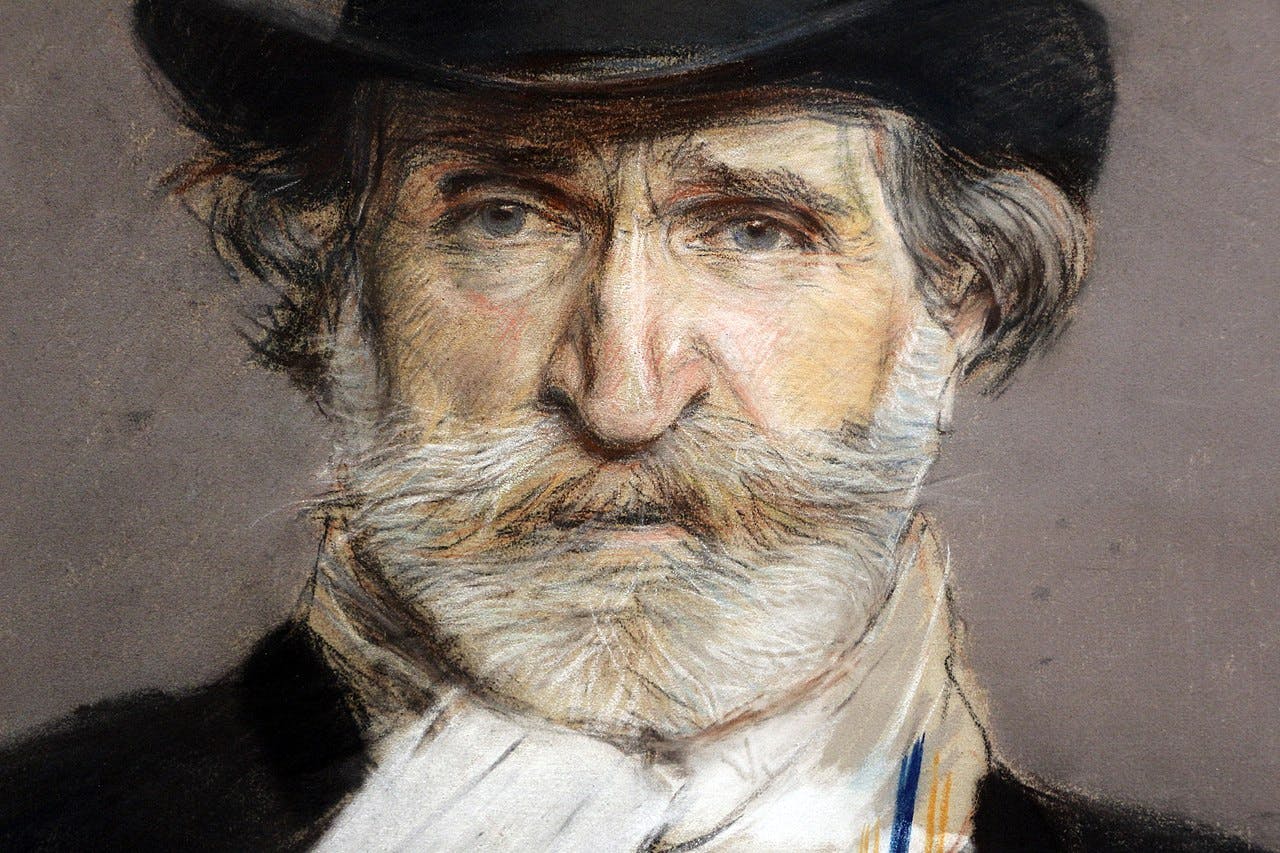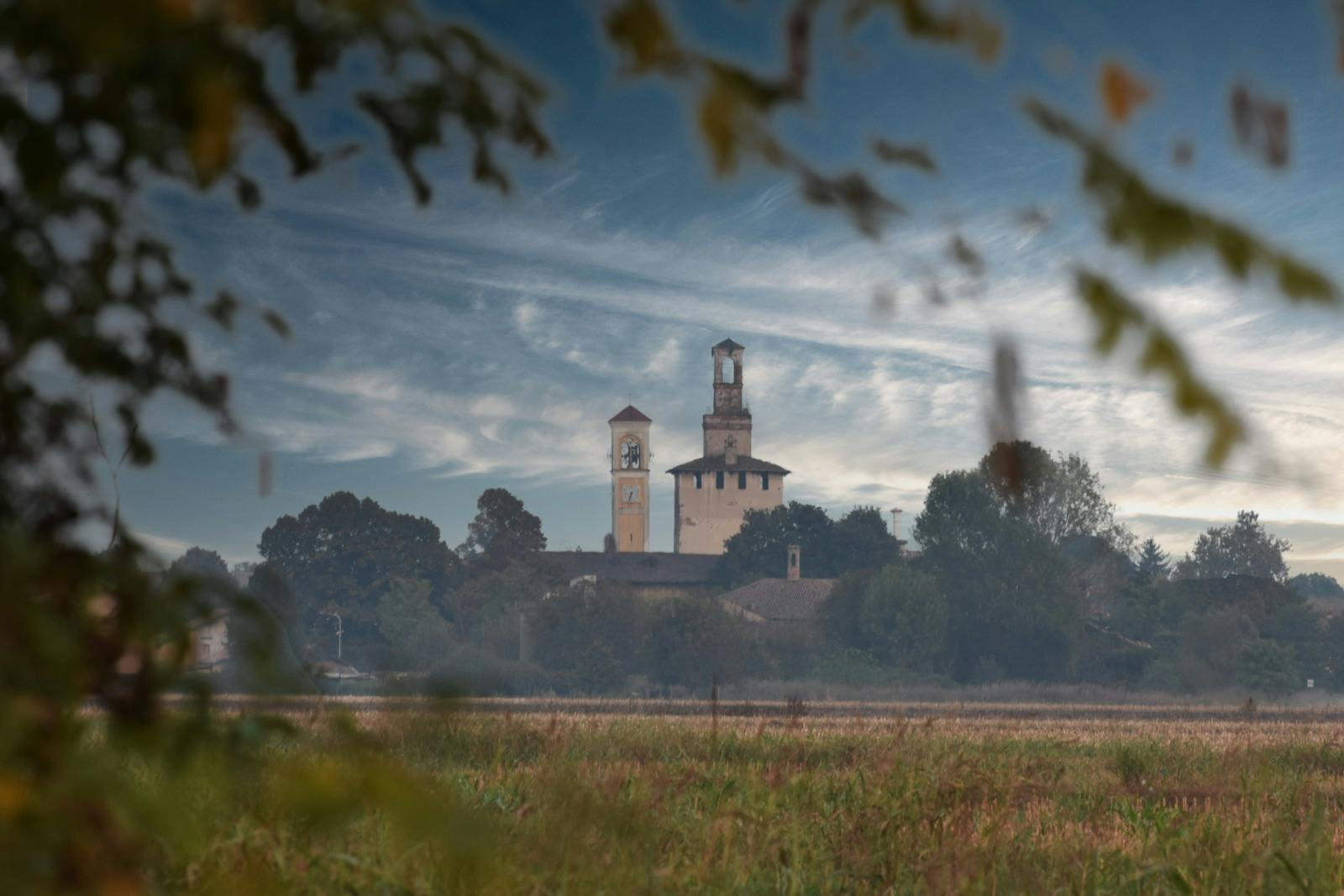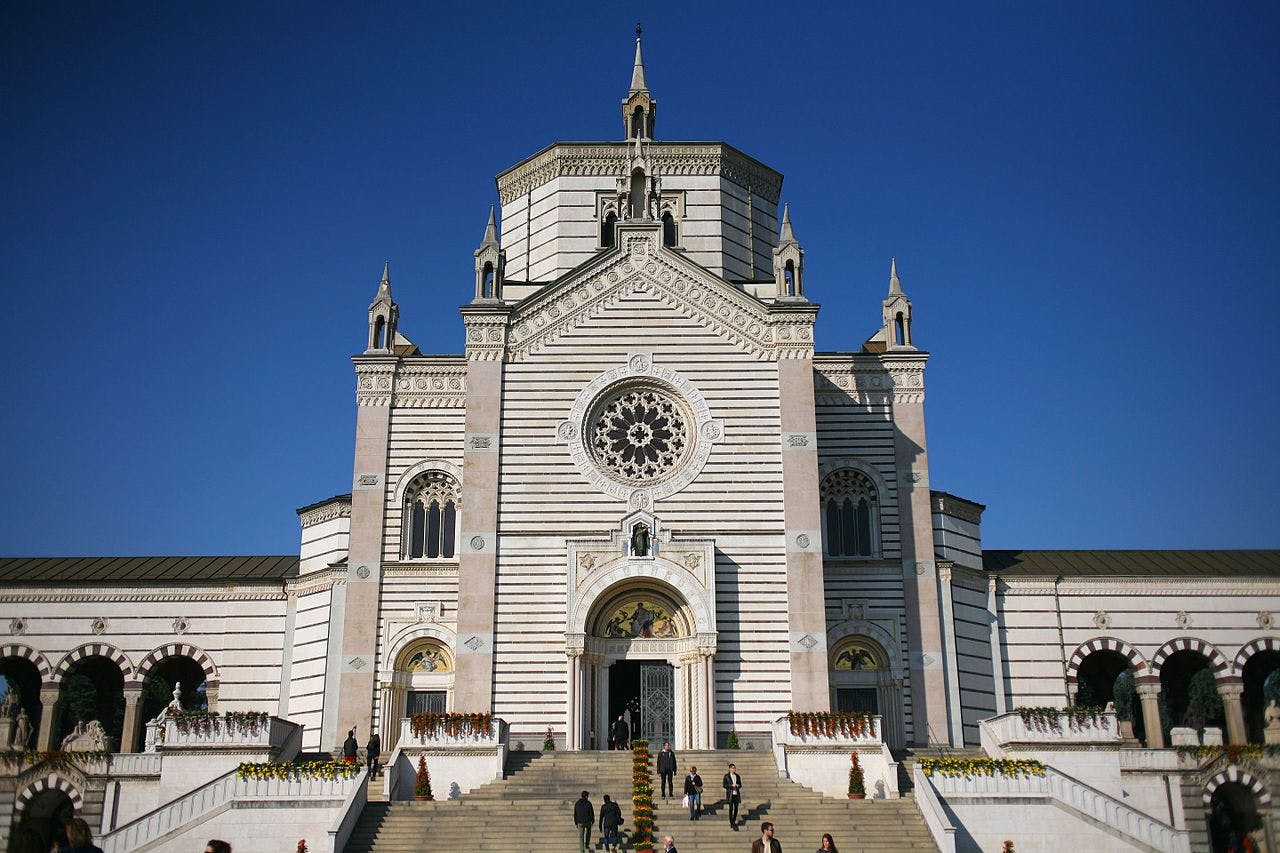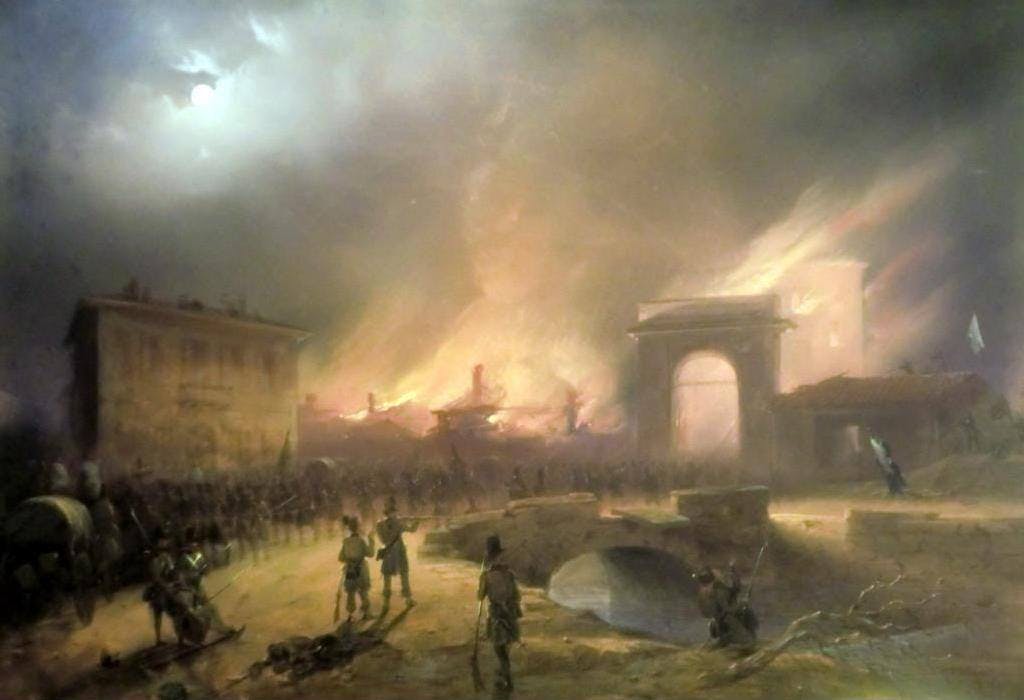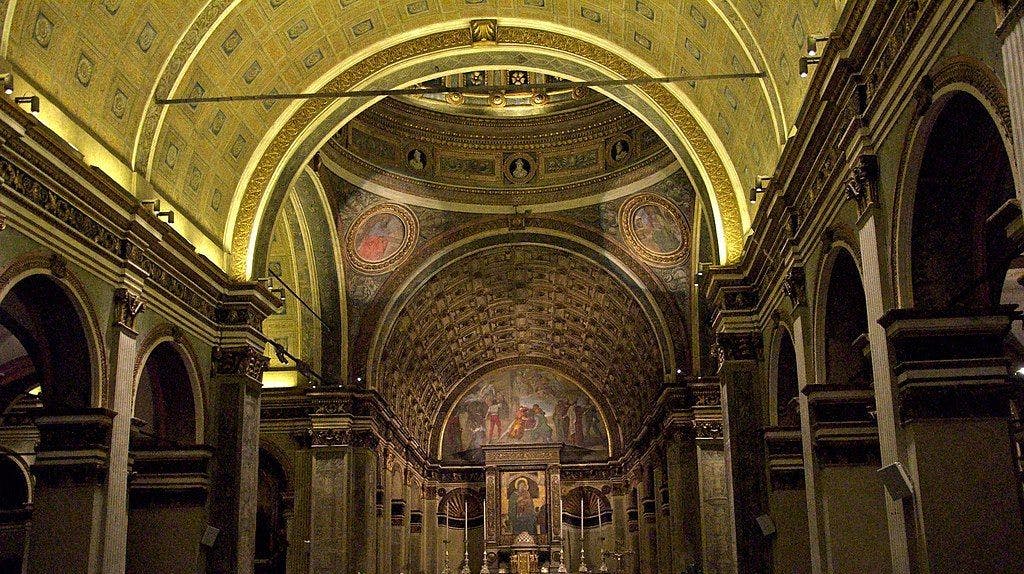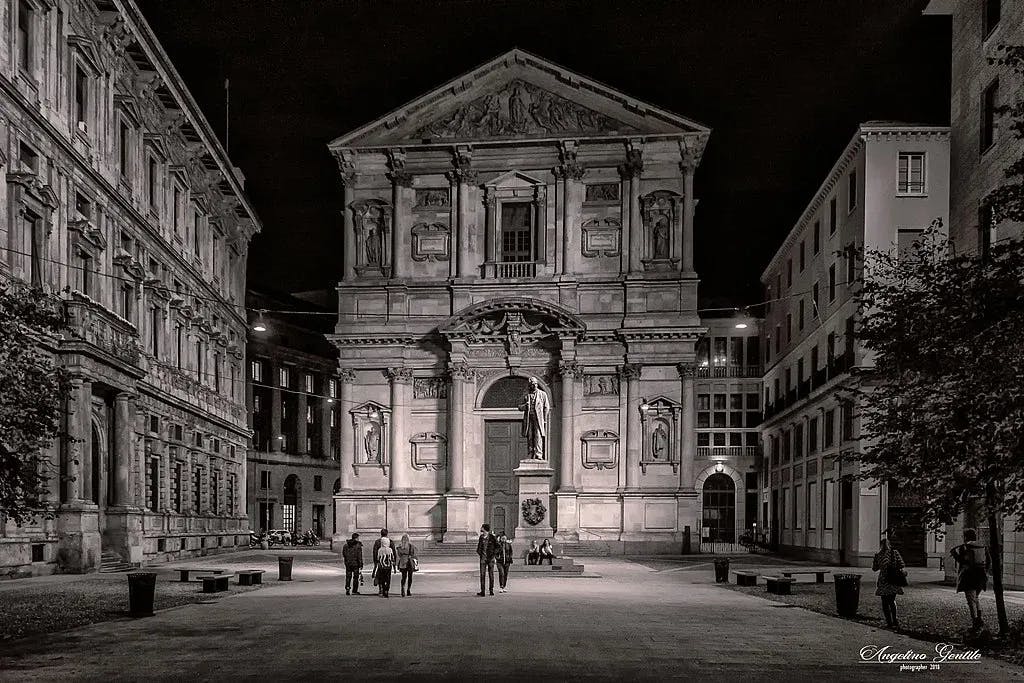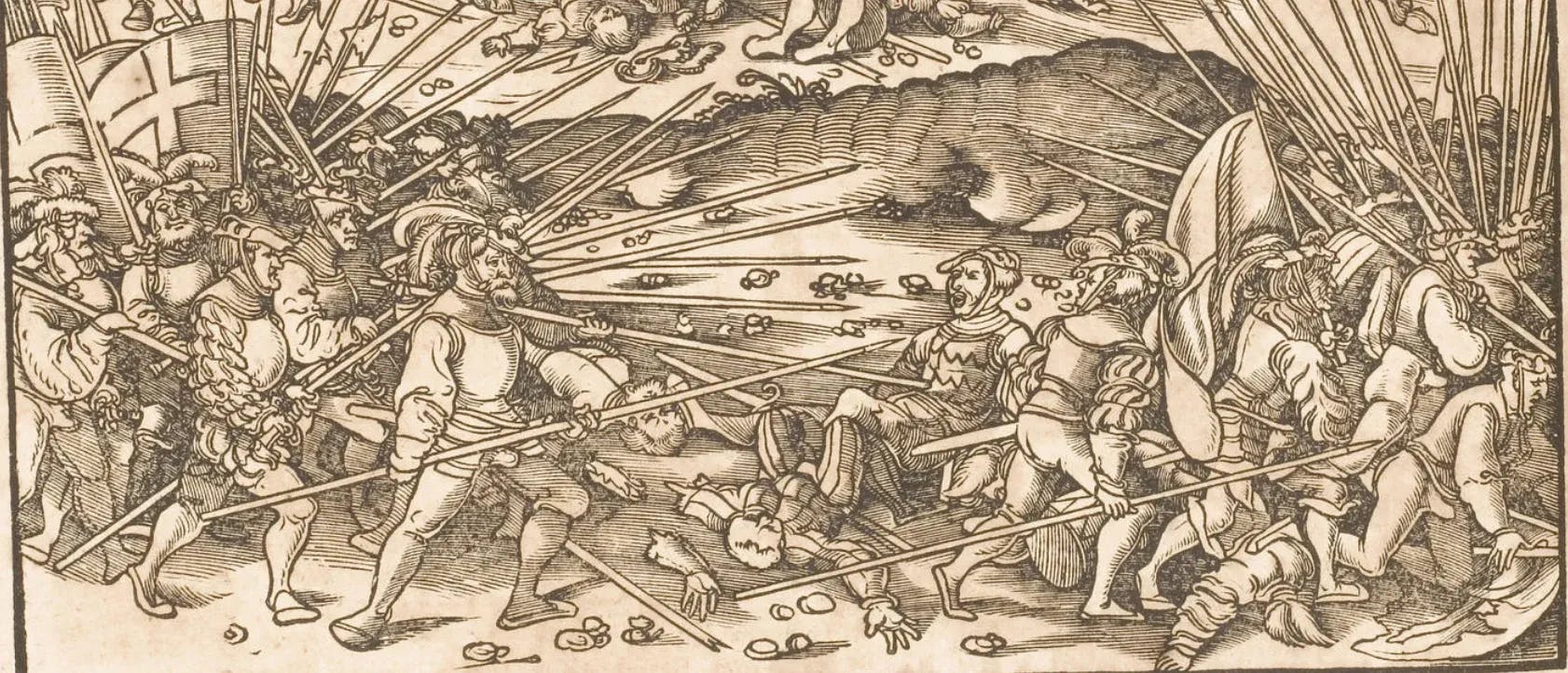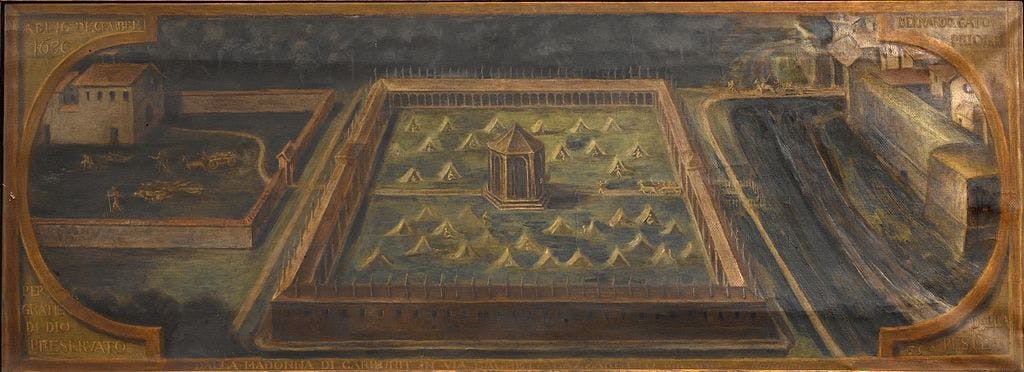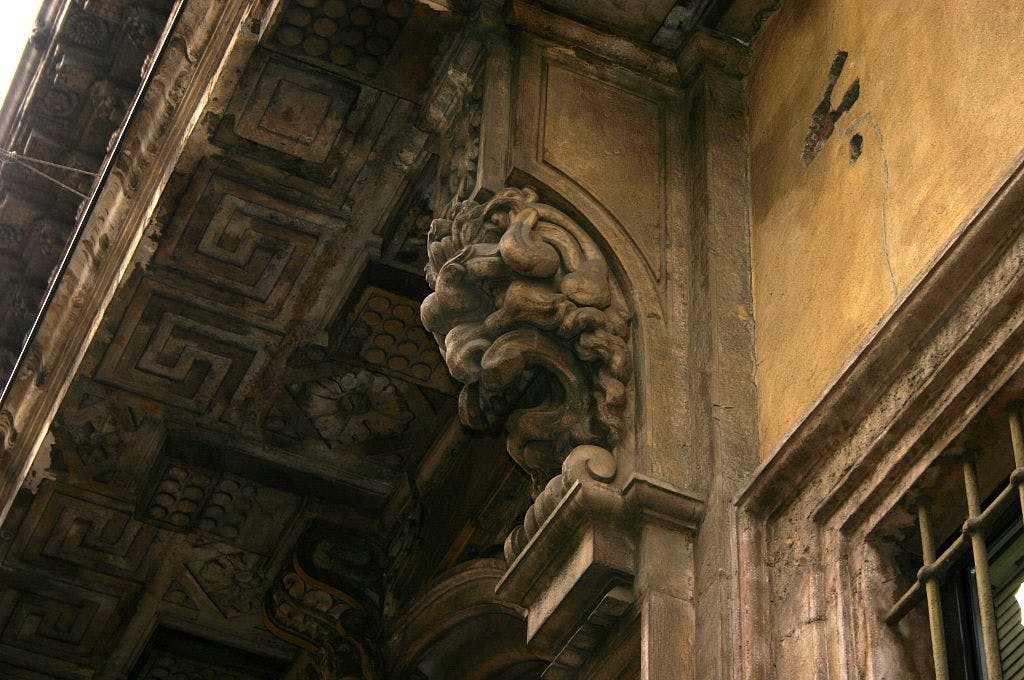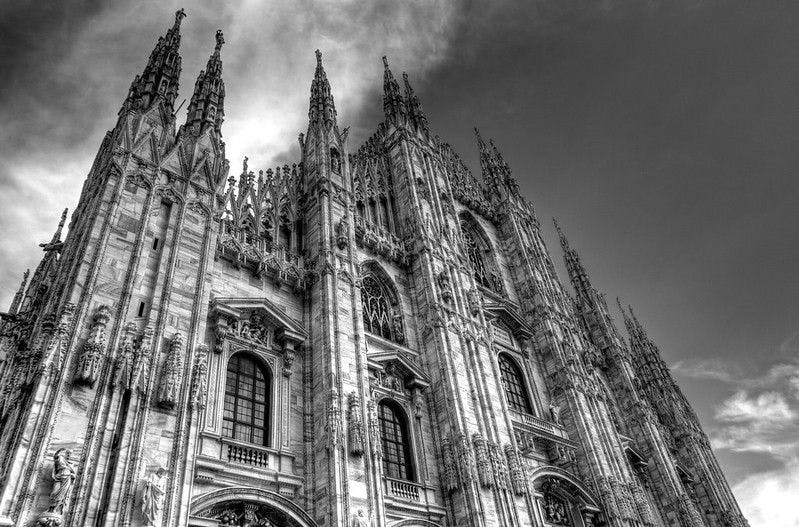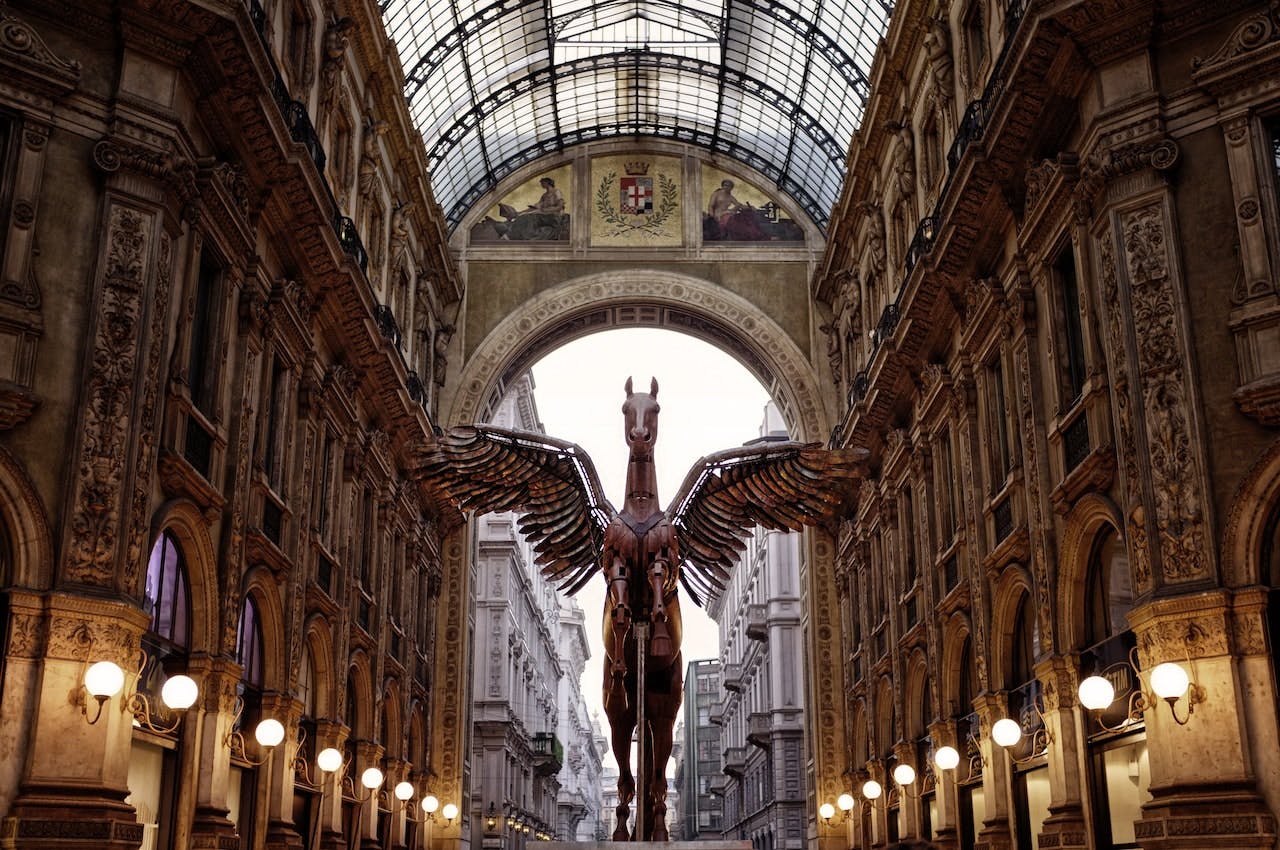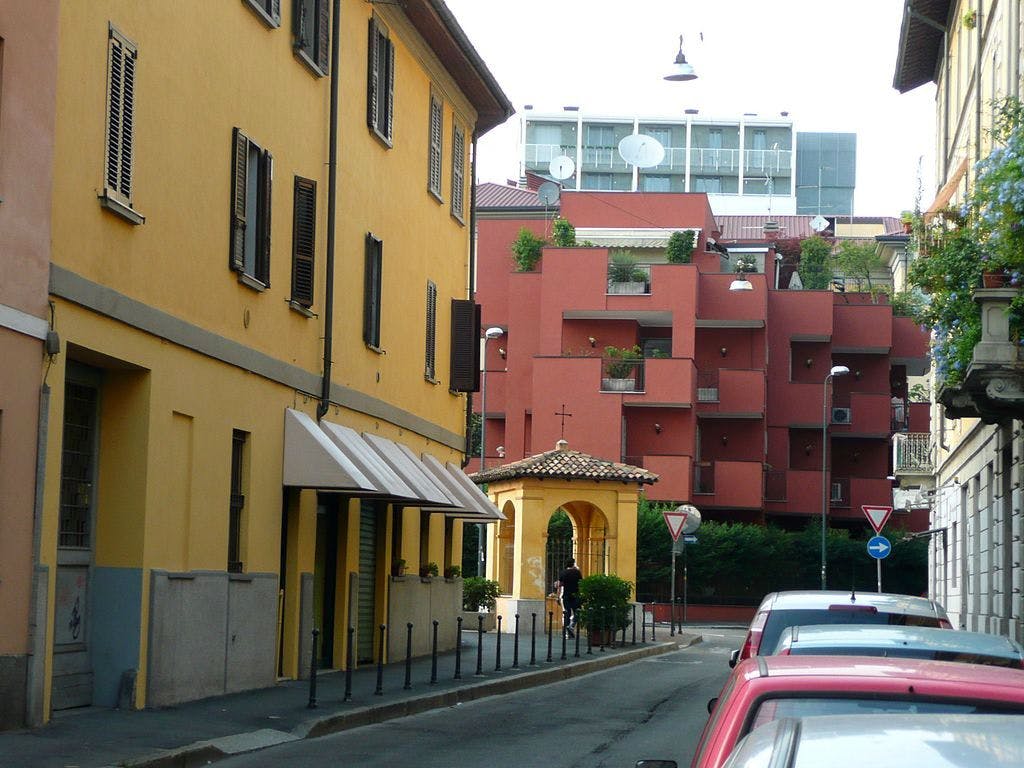Once upon a time, precisely in the 12th century CE, a powerful kingdom called the Holy Roman Empire ruled Europe, with roots stretching back almost 300 years to its founder: the famous Charlemagne. However, the reigning ruler of our story is another famous emperor, Frederick I, known as Barbarossa. Due to his reputation as a despicable conqueror, he was not liked by many, such as Milan and its citizens.
A stone with a curious irony
By
Born in Weiblingen in the heart of the empire, the son of two of the most potent German families, Frederick’s destiny as a leader was merely a matter of time. He was often described as a decisive figure, capable of revitalising the spirit of allies and firmly dispelling that of enemies.
However, Barbarossa reigned during a period characterised by political delicacy, when a new concept of rulership was developing in Europe, opposing the Empire and the Church. Indeed, with the Concordat of Worms in 1122 CE, the church received full political and administrative independence, becoming a fully-fledged papal state.
This gave rise to the formation of two factions, the church on the one side and the empire on the other, which, due to the same expansion objectives soon came into conflict. Like any clash between two powers, external opponents and supporters were created, who in this case, were known as the “Guelphs”, supporters of the church, and the imperial “Ghibellines”.
At this time, much of northern Italy was in the grip of the growing power of the Commune of Milan, and neighbouring rival cities such as Lodi and Como solicited Barbarossa’s help, fuelling his expansionist ambition for the Italian territories.
Without a second thought, he travelled to Italy to try to subdue Milan and its allies, who had become imperial opponents and, thus, representatives of the Guelphs. But, instead, Barbarossa was surprised by a fierce and unexpected resistance that, after a few attempts, drove him back to Germany.
However, it was not long before his thirst for conquest drove him more determinedly to cross the Alps again. As a result, the alliance of the Lombard communes, which went down in history as the Lombard League, suffered a heavy blow in 1163 CE when Milan fell, and the emperor asserted his right to rule in northern Italy.
The bloody defeat left an unforgettable wound on Milan and its people. The city’s destruction was brutal and wiped out much of the culture and tradition of the flourishing town of Milan. Moreover, the city’s destruction was a decisive and deliberate action as a warning to the other insubordinate cities of the Lombard League not to rebel.
This is the point where the legend comes in. After the suffering it had endured, the Milanese population decided to mock the german ruler by making fun of his wife, Beatrice of Burgundy and depicting her not in a very royal manner. The stone seems to represent the woman intent on shaving or combing her genitals, a common practice among street women and prostitutes of the time. The meaning is, therefore, quite obvious.
The statue was initially visible on today’s Porta Vittoria, which was called Porta Tosa (“tosa” in the Milanese dialect means ‘girl’ or ‘shave’) until the end of the 1800s. Then, it was one of the 11 gates in the Spanish walls of Milano. The bas-relief was later transported to the Sforza Museum, where we can admire it today and think back at it with medieval irony.
This bas-relief, apart from the humour it arouses, remains a curious example of tradition and culture. Beyond the integrity of its story, this is one of the many legends that fascinate and remind us of the roots of modern Milan, underlining its bond with an almost-forgotten past.
